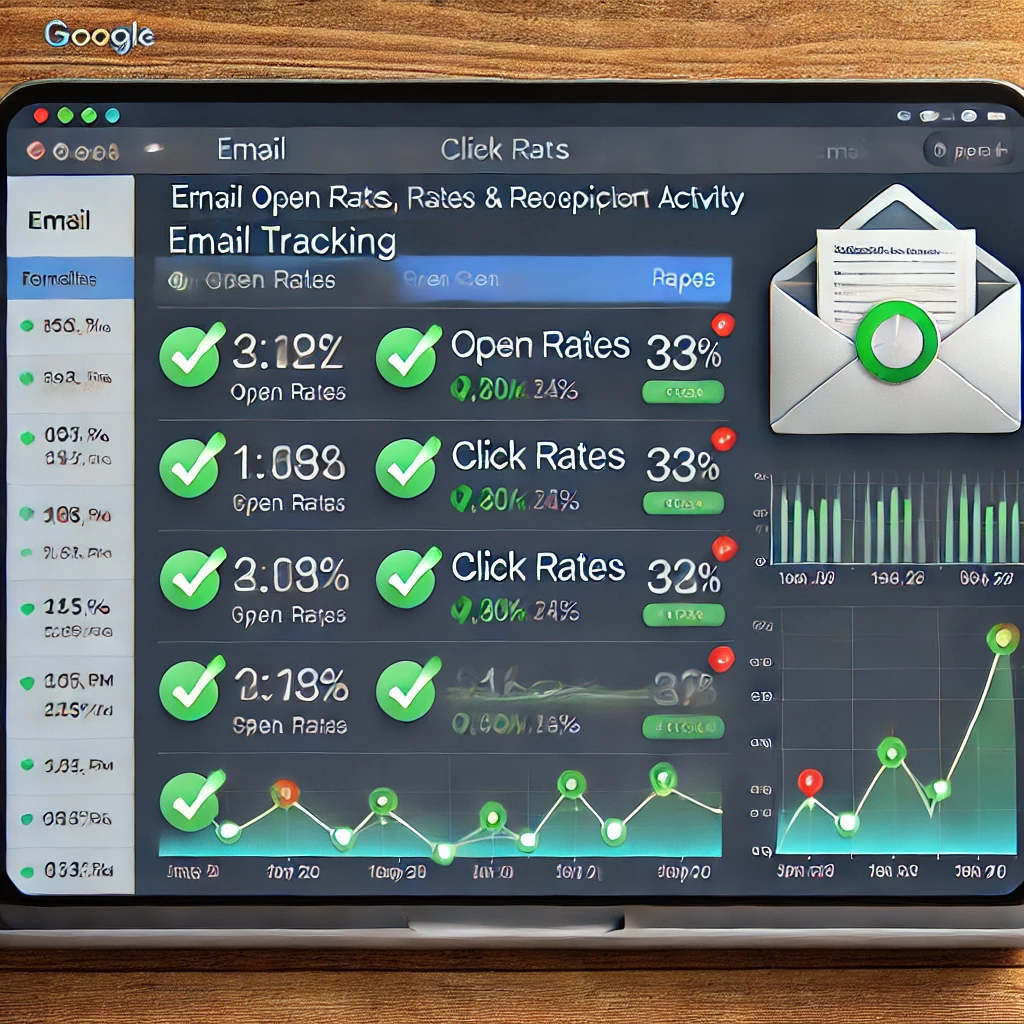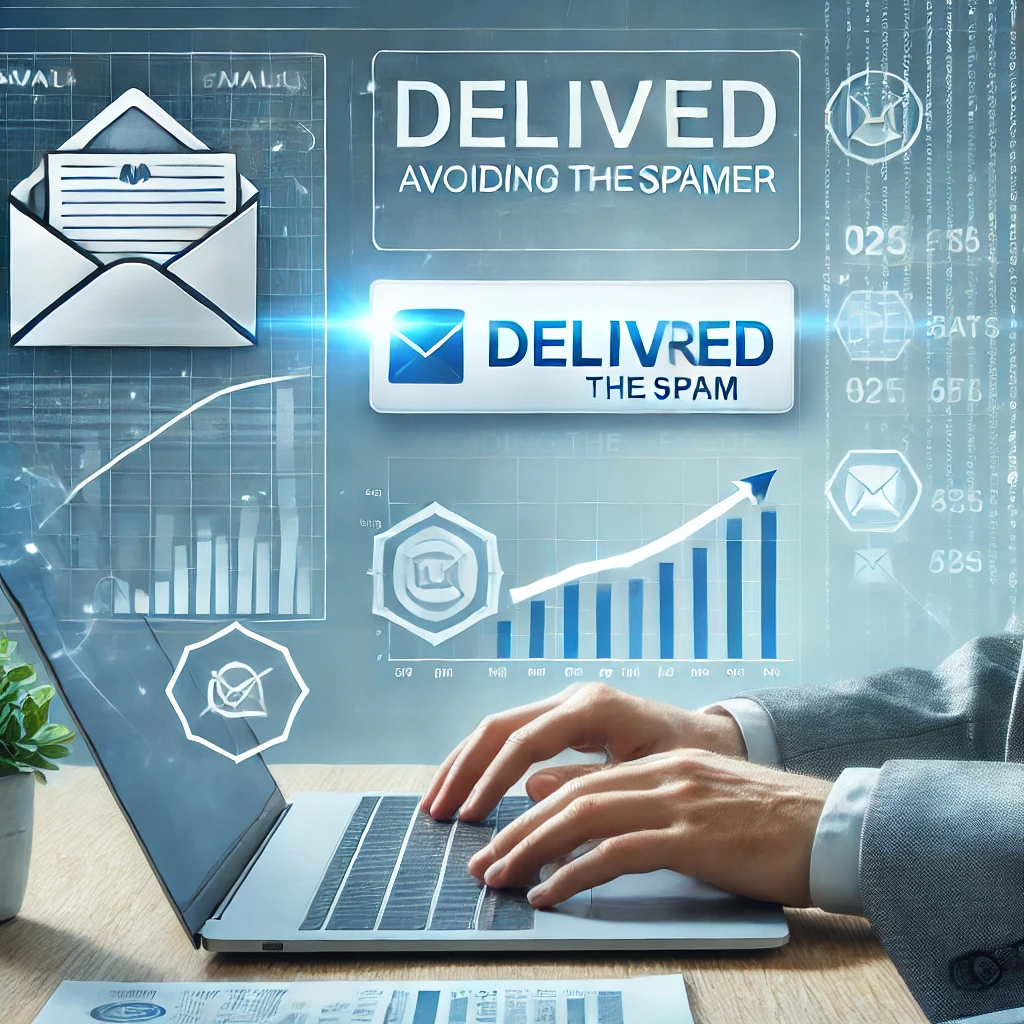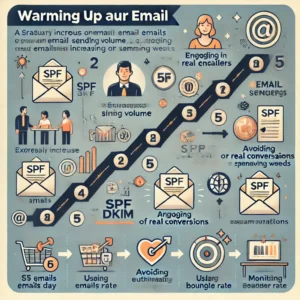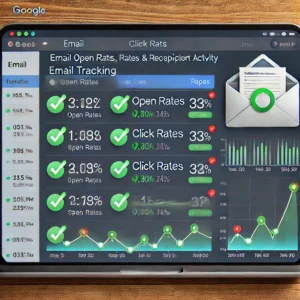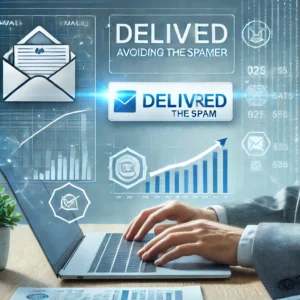Why Warming Up an Email Matters
How to Warm Up an Email: A Complete Guide—if you’re sending emails for business, outreach, or marketing, you need to warm up your email to improve deliverability and avoid spam filters. Without proper warm-up, your emails might land in the spam folder instead of the inbox, reducing your chances of getting responses.
Warming up an email means gradually increasing your sending activity and ensuring real engagement (opens, replies, and interactions) before scaling up your email campaigns. If you want to learn more about how to ensure emails land in the inbox and not spam, check out this detailed guide.
In this guide, we’ll cover:
✅ Manual email warm-up methods
✅ Automated email warm-up tools
📌 Manual Email Warm-Up Methods
If you prefer a hands-on approach, you can manually warm up your email by following these best practices:
1. Start Small & Increase Gradually
- In the first few days, send 5–10 emails per day to real contacts.
- Increase by 5–10 emails per day over the next few weeks.
- After 4–6 weeks, you should be able to send 100+ emails per day safely.
2. Engage in Real Conversations
- Ask recipients to reply to your emails. Email providers favor two-way interactions.
- Keep emails conversational rather than overly salesy or robotic.
3. Avoid Spam Triggers
- Avoid words like “free,” “limited time offer,” “guaranteed,” and too many exclamation marks!!!
- Don’t send mass emails right away.
- Keep emails text-based (avoid excessive links, attachments, and images).
4. Send Emails to a Variety of Domains
- Send emails to different providers like Gmail, Outlook, Yahoo, and company emails.
- Mixing recipients shows that your email is reputable across platforms.
5. Subscribe to Newsletters & Interact with Emails
- Sign up for reputable newsletters like Forbes, Medium, and LinkedIn newsletters.
- Open and engage with these emails to train your inbox for normal email behavior.
6. Remove Emails from Spam & Mark Them as Important
- If an email lands in spam, move it to the inbox and mark it as important.
- Encourage your contacts to do the same to improve email reputation.
7. Gradually Introduce Links & Attachments
- In the first few weeks, avoid including too many links or attachments.
- After your email is warmed up, start adding one link or small attachment at a time.
🛠️ Automated Tools: How to Warm Up an Email Efficiently
If you don’t have time to manually send and engage with emails, you can use email warm-up tools that automate the process. These tools send and reply to emails on your behalf to build credibility for your inbox.
1. Instantly
✅ Auto-sends & replies to warm up your inbox
✅ Gradually increases email volume over time
✅ Helps improve deliverability and avoid spam filters
2. Warmup Inbox
✅ Uses a network of real inboxes to send and receive emails
✅ Helps keep emails out of spam folders
✅ Works with Gmail, Outlook, and other providers
3. Mailwarm
✅ Automatically sends & replies to emails for inbox warming
✅ Increases sending volume safely over time
✅ Prevents emails from landing in spam
4. Mailreach
✅ Designed for cold outreach warm-ups
✅ Improves email reputation & sender score
✅ Works with SMTP providers, Gmail, and Outlook
5. Lemwarm (by Lemlist)
✅ Simulates real email activity (sending, replying, and removing from spam)
✅ Ideal for B2B outreach and sales teams
✅ Improves email deliverability automatically
🔍 Manual vs. Automated: Choosing the Best Method to Warm Up an Email
| Feature | Manual Warm-Up | Automated Warm-Up |
|---|---|---|
| Time Required | High (daily effort needed) | Low (automated process) |
| Speed of Warm-Up | Slower (depends on engagement) | Faster (AI-driven interactions) |
| Best for | Individuals, small teams | Businesses, marketers, high-volume senders |
| Cost | Free | Paid (varies by tool) |
💡 Recommendation:
- If you’re sending a few emails daily, a manual warm-up works fine.
- If you’re scaling up email campaigns, using a warm-up tool is faster and more effective.
📢 Final Thoughts: How to Warm Up Your Email the Right Way
Warming up your email is essential to prevent emails from being marked as spam and to improve deliverability. Whether you choose manual methods or use automated tools, the key is to gradually increase sending volume, maintain real engagement, and follow best practices to ensure your emails land in inboxes—not spam folders.
🔥 Pro Tip: If you’re doing cold email outreach or marketing campaigns, combining manual engagement with an automated warm-up tool can give you the best results!
👉 Which email warm-up method are you planning to use? Let us know in the comments! 🚀

